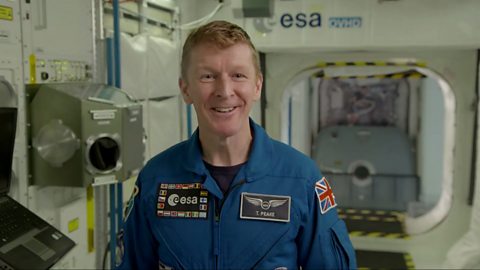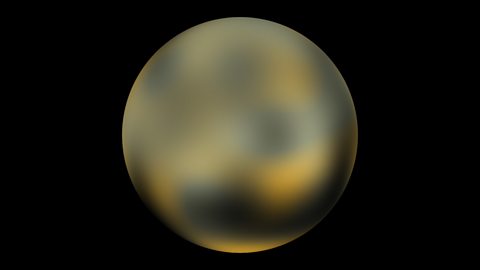Out of this world
In December 2015, Tim Peake became the first British European Space Agency (ESA) astronaut to go into space.
He lived and worked for six months on board the International Space Station. To make the grade, Tim had to battle through a gruelling selection process and cope with rigorous training – testing his physical fitness, psychology and aptitude for the job.
Try the challenges Tim had to overcome and find out whether you have the right stuff to be an astronaut.
A message from Tim Peake
Watch this 70 second video to find out more about your challenge.
CLICKABLE: How would you cope under pressure?
Being faced with an emergency 250 miles above Earth would be alarming, but you must stay composed. Astronauts can’t just call the fire brigade, so they must have the right psychological responses to follow protocol in extremely stressful situations. That’s one reason why ESA carefully assesses each candidate for personality traits like rationality and the ability to work as part of a team. The type of tests they use are kept top secret, so they can't be practised by aspiring astronauts.
You notice the smell of a possible fire while on board the International Space Station. Four possible reactions are shown below. Click on the action you’d most probably take.
CLICKABLE: Testing your spatial ability
Good spatial ability is one of many competencies ESA test when looking for a potential astronaut. Others include memory, coordination, concentration and technical knowledge.
Astronauts working in zero gravity must recognise and visualise objects from many different angles. Try this typical mental rotation task. What would this 2D net look like when it's folded into a 3D box? Choose one of the two options.

Who's made it already?
Since 1975, when ESA was established, 28 astronauts have been recruited. Fifteen of them are still active. What skills and personality traits did the successful candidates have in common?
Knowledge and skills
All but three ESA astronauts – past and present – have studied a type of engineering or physics. The exceptions to the rule studied medicine. Out of the 28 successful candidates, half of them had already had experience flying aircraft before applying.
Personality
Modern space missions can be several months long, so it’s important that astronauts have the right psychological features to cope with living in space. Current ESA astronauts have passed tests to prove they are highly motivated, flexible, empathetic, emotionally stable, gregarious and adept at working in a multicultural team. Ninety-five percent (or 856) of the candidates in ESA’s latest selection campaign, which picked Tim Peake, were dismissed because of failure against these personality requirements.
Nationality
Before 2009, the majority of ESA astronauts came from France, Germany and Italy. But in the most recent recruitment campaign, Tim became the first Briton to join the agency as an astronaut – perhaps paving the way for many more.

Learn more about this topic:
Physics with Tim Peake. collection
Astronaut Tim Peake introduces some handpicked clips from the В鶹№ЩНшКЧТіИлїЪ archive, perfect for classroom use when studying physics or space science.

Pluto: What are NASA’s five big discoveries so far? document
NASA's deep space probe 'New Horizons' has discovered five big things about the little-understood Pluto. What are they?

Did comets kick start life on Earth? document
Life, as we know it, cannot exist without water and organic molecules – the building blocks for all living creatures. Find out if comets brought these to Earth.
